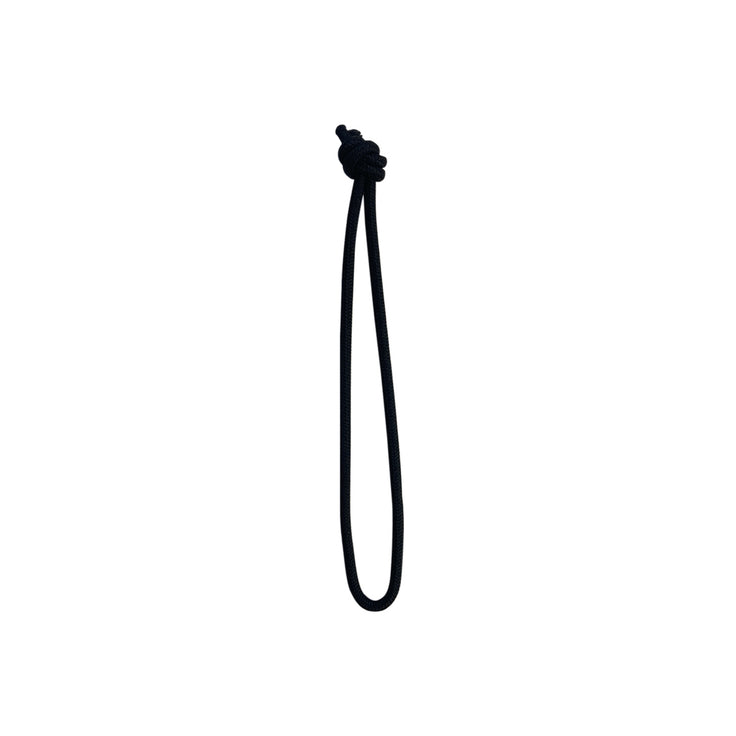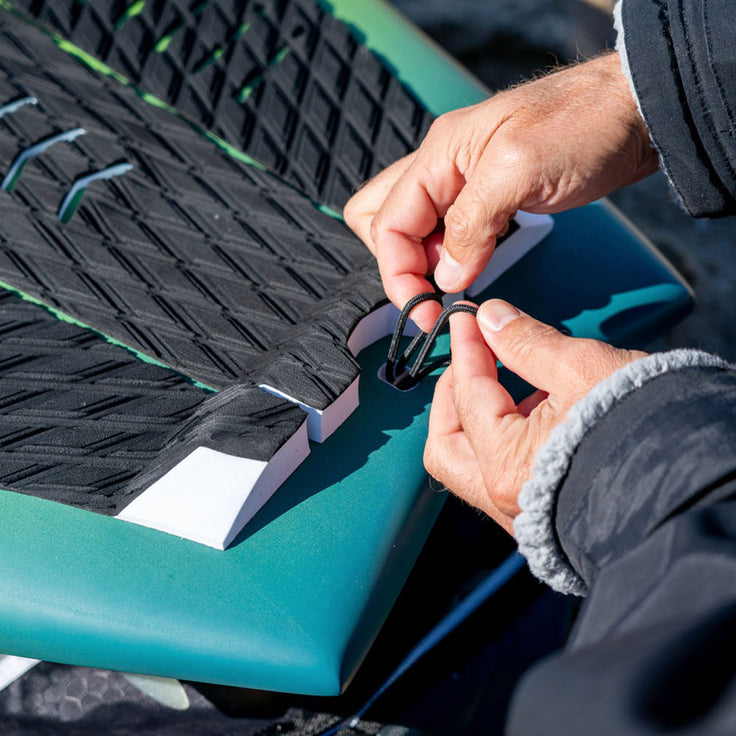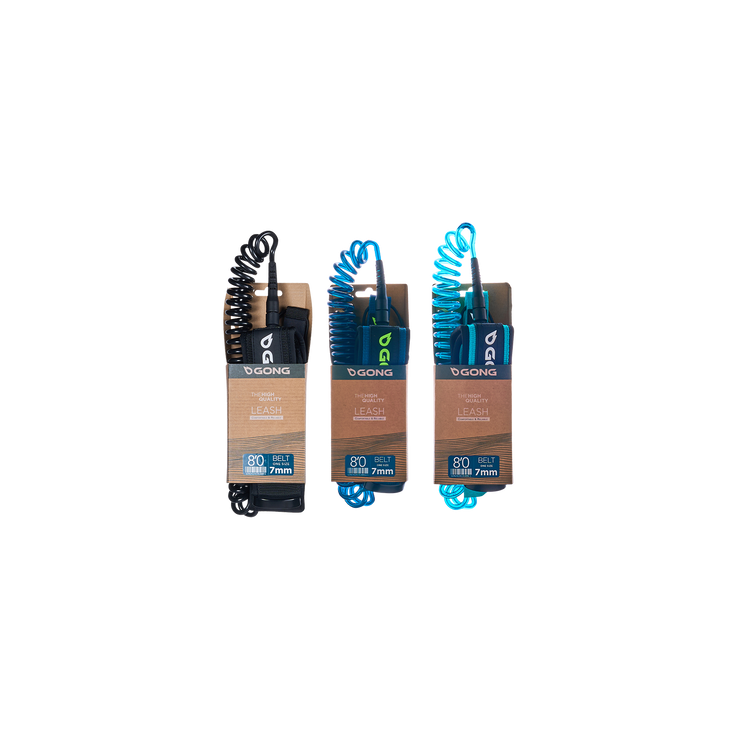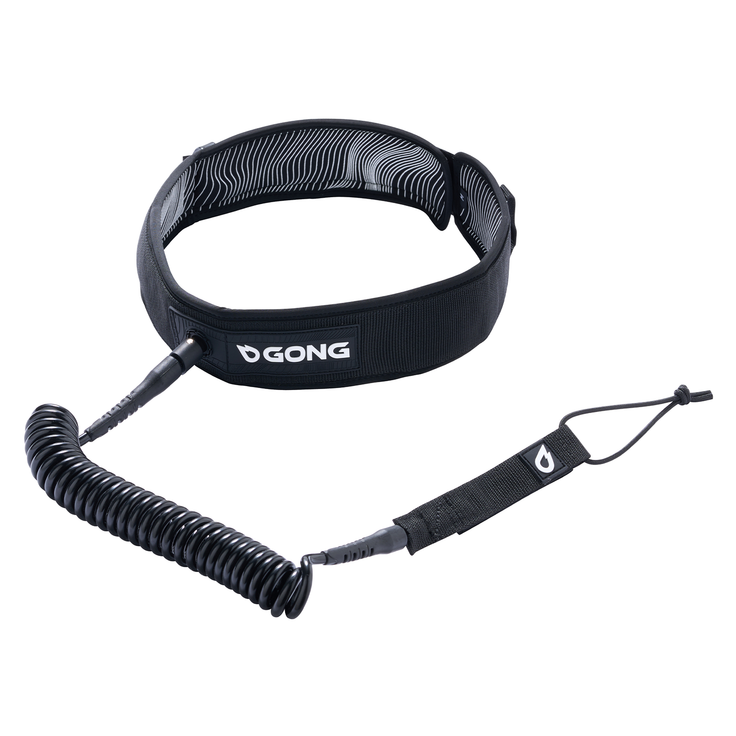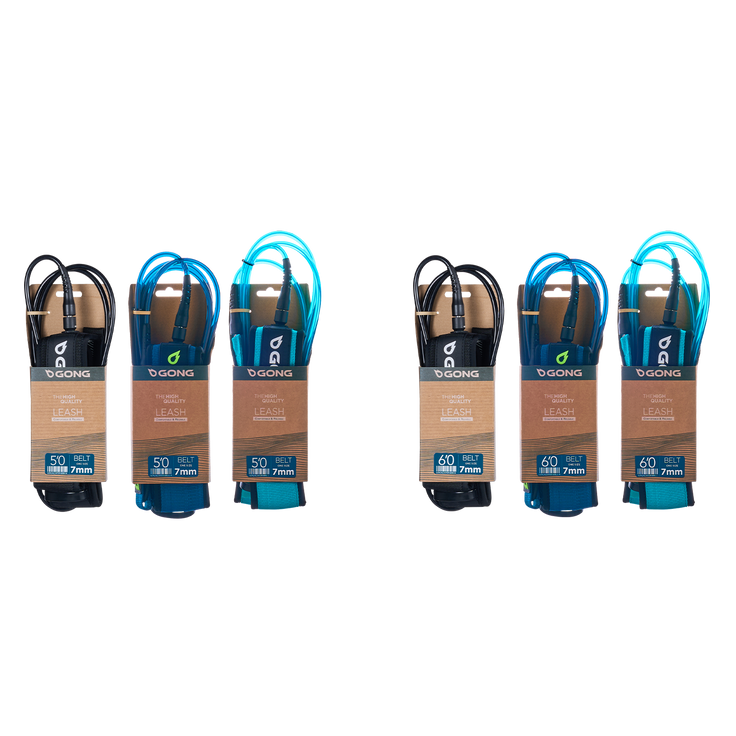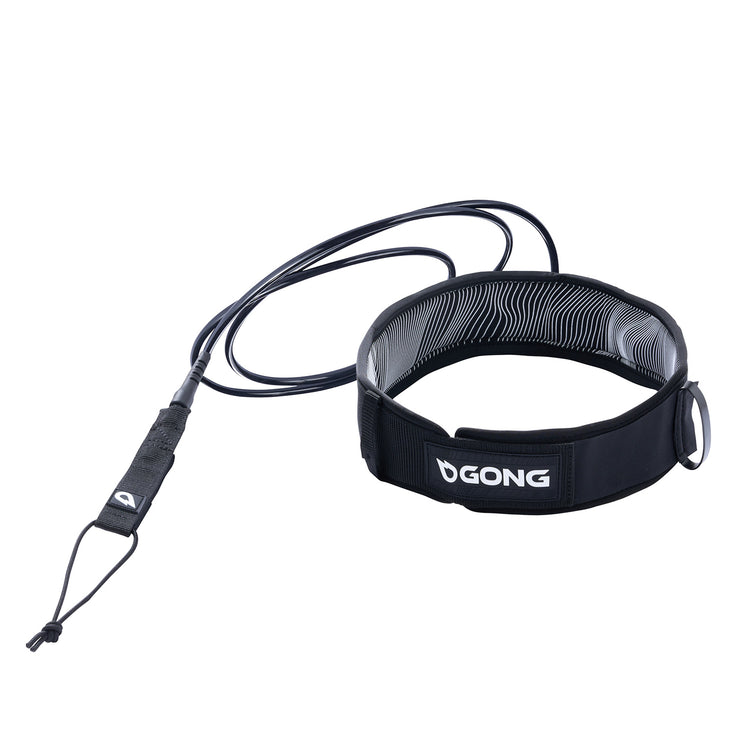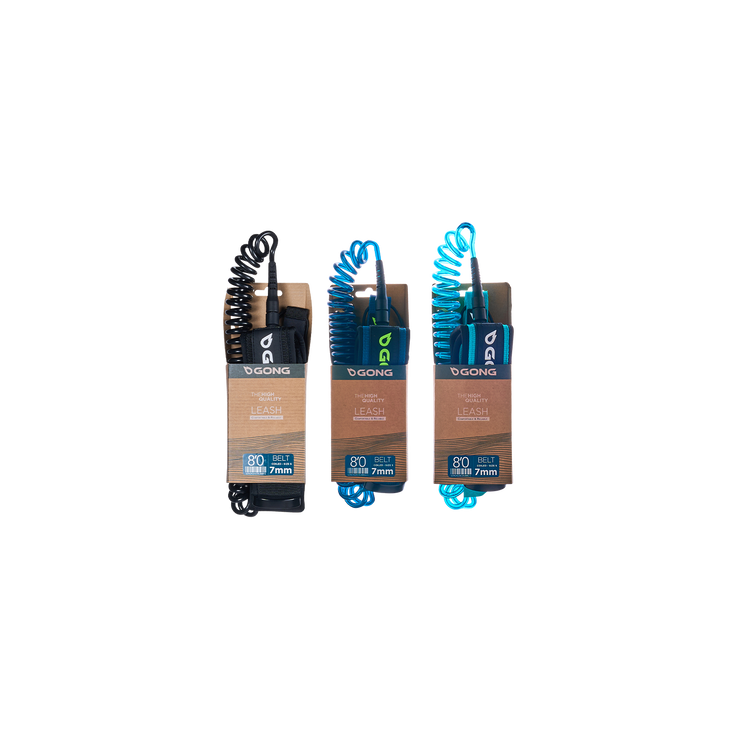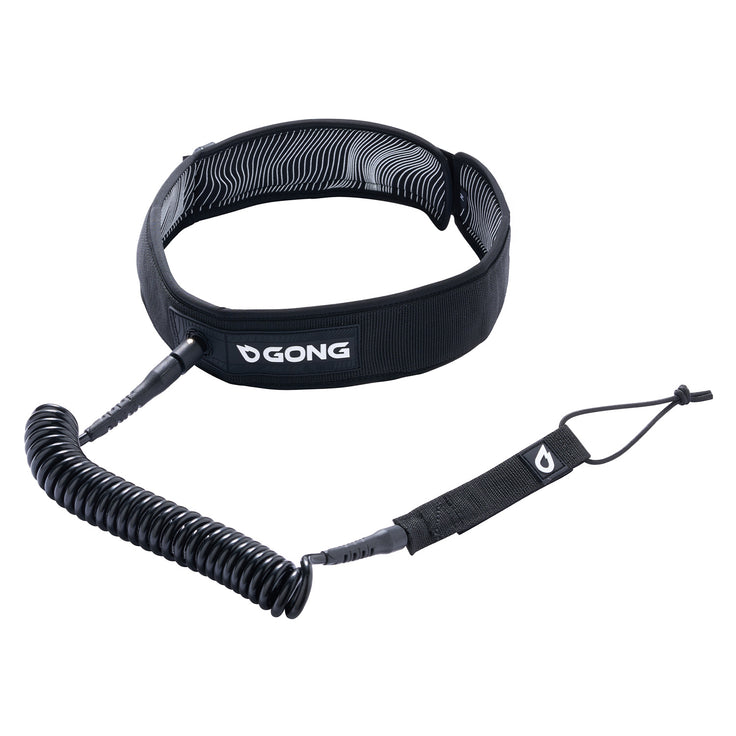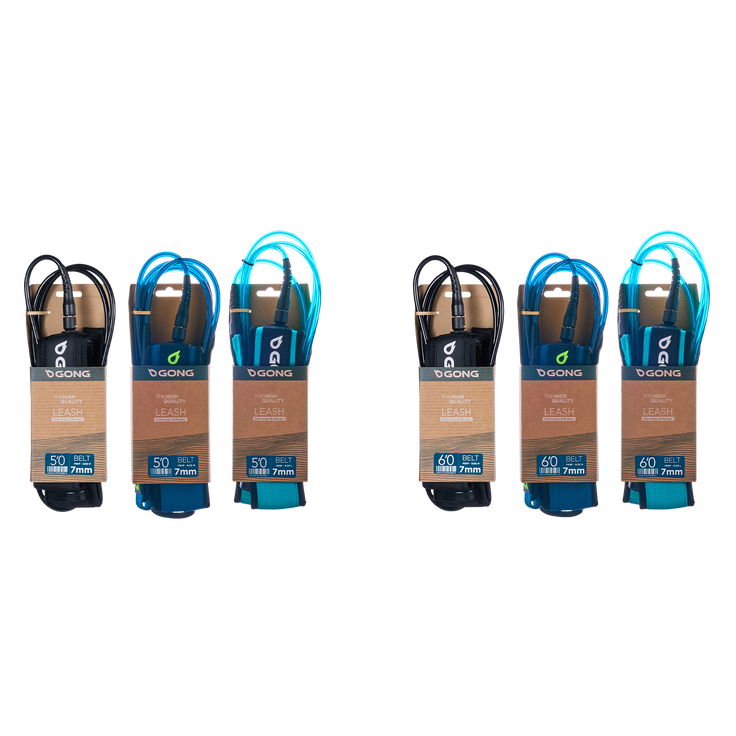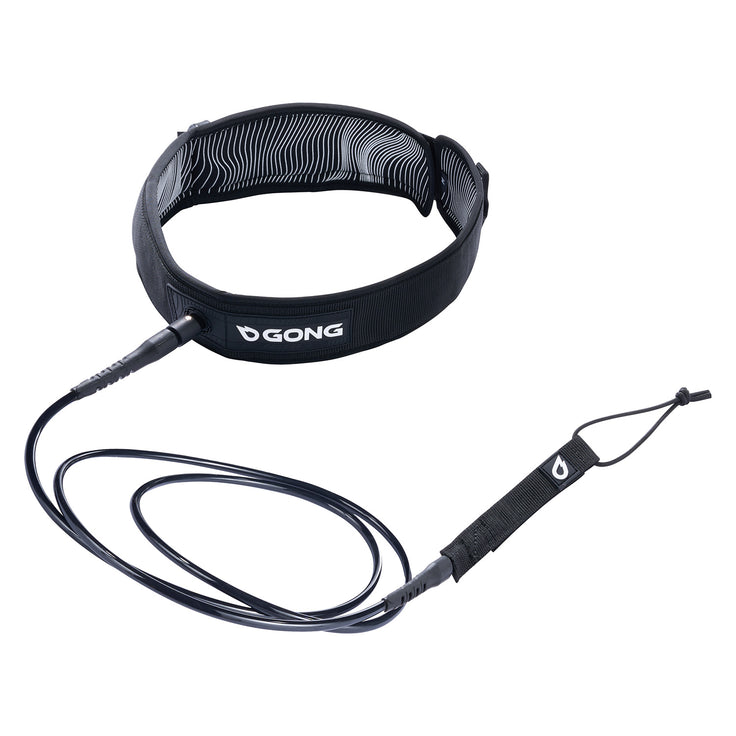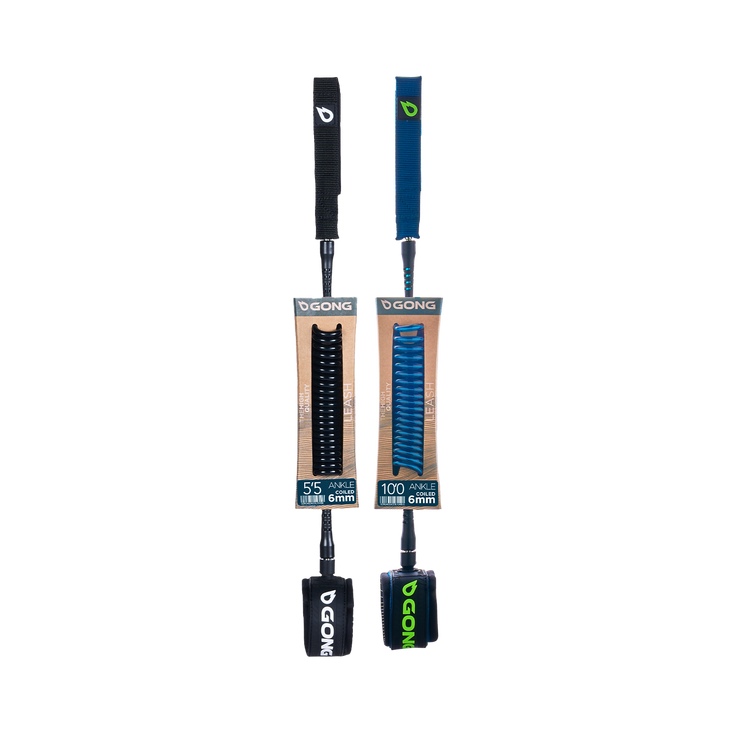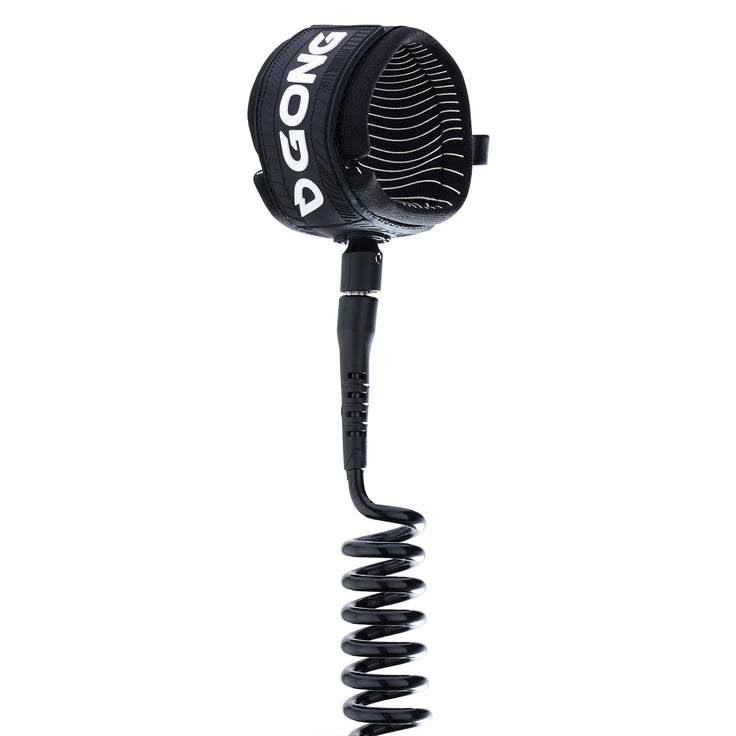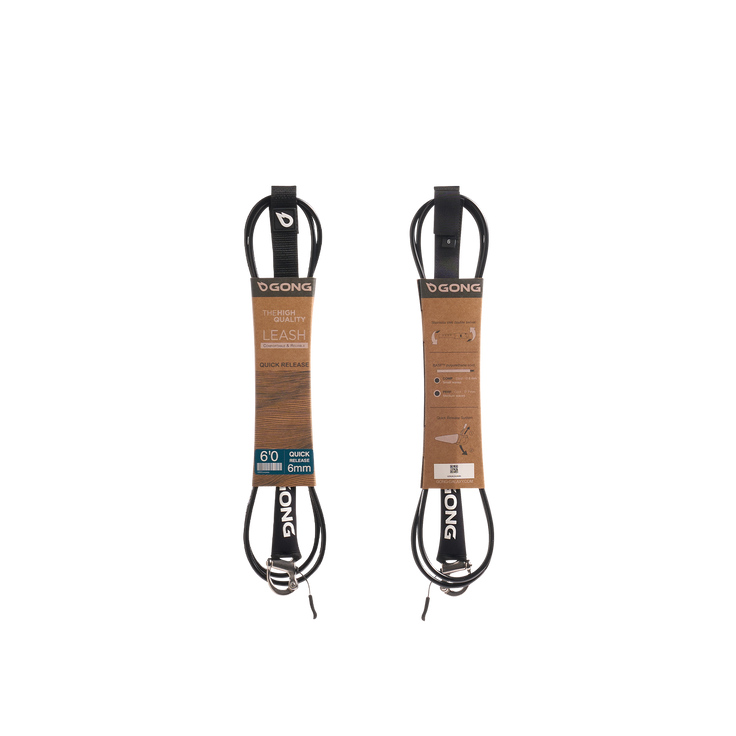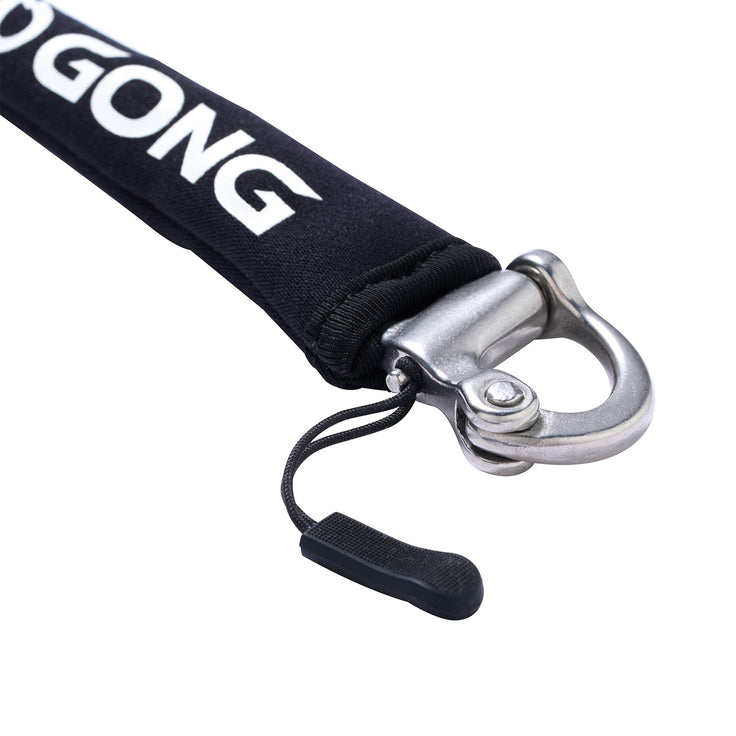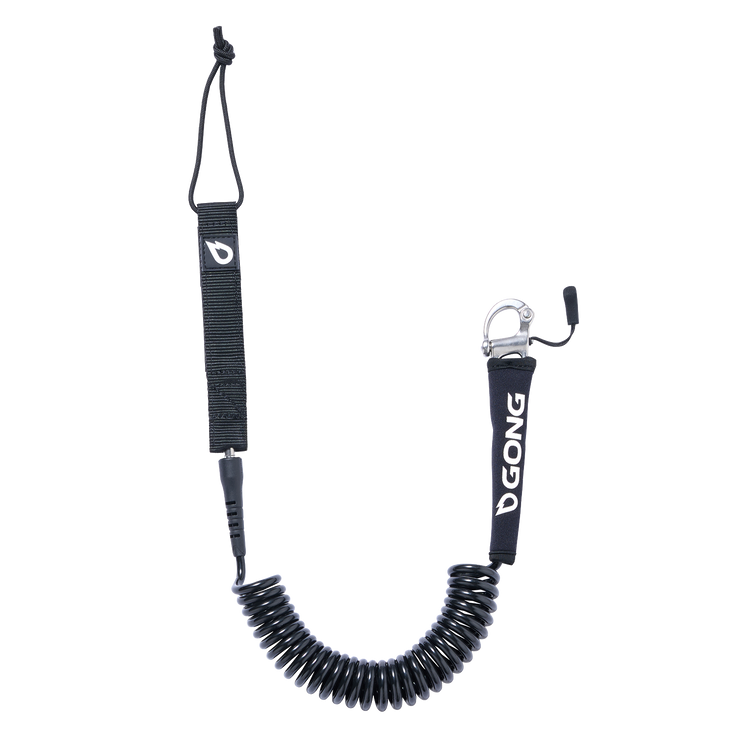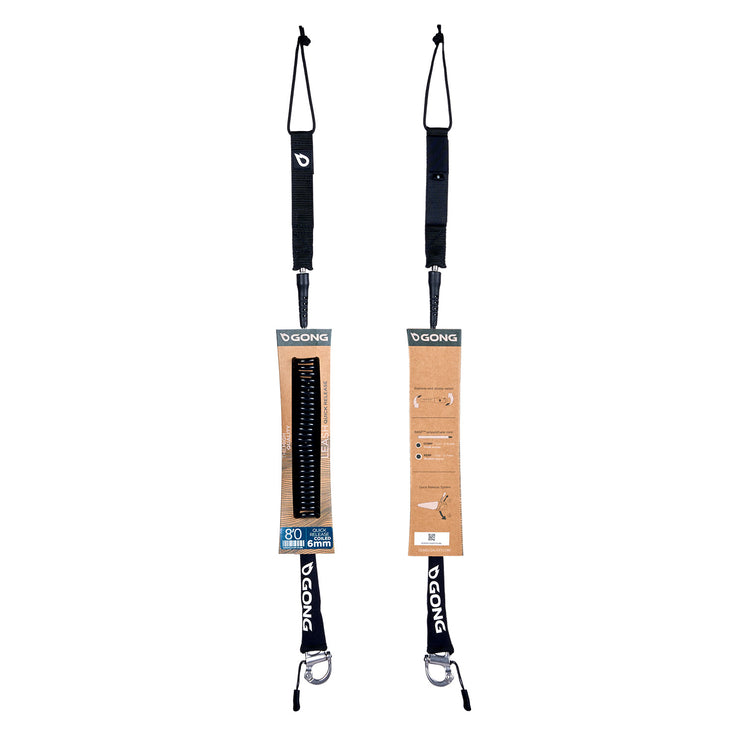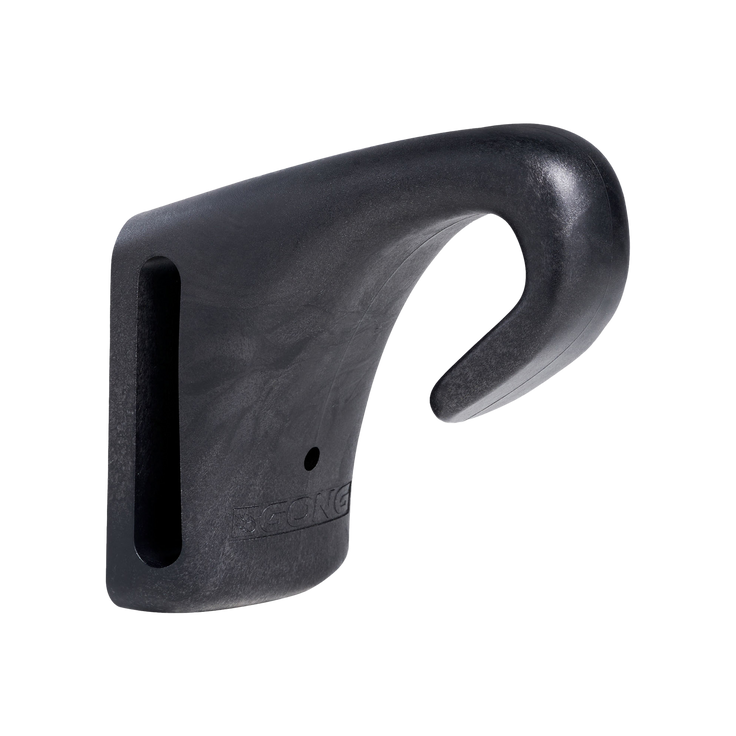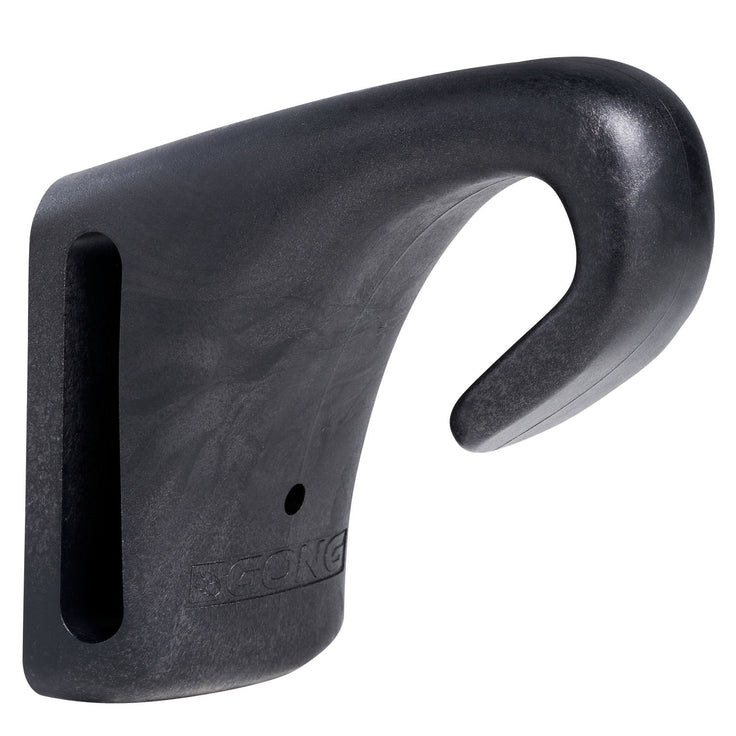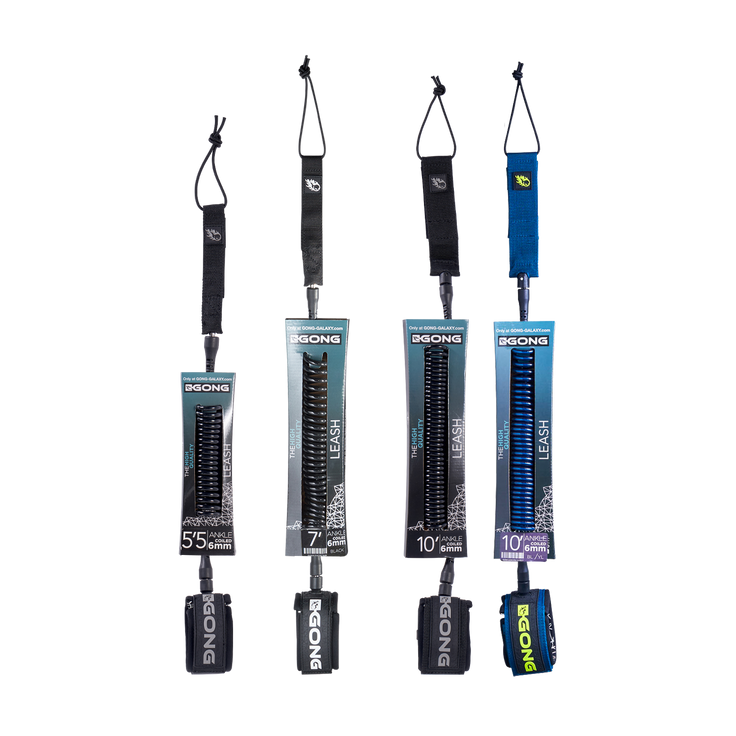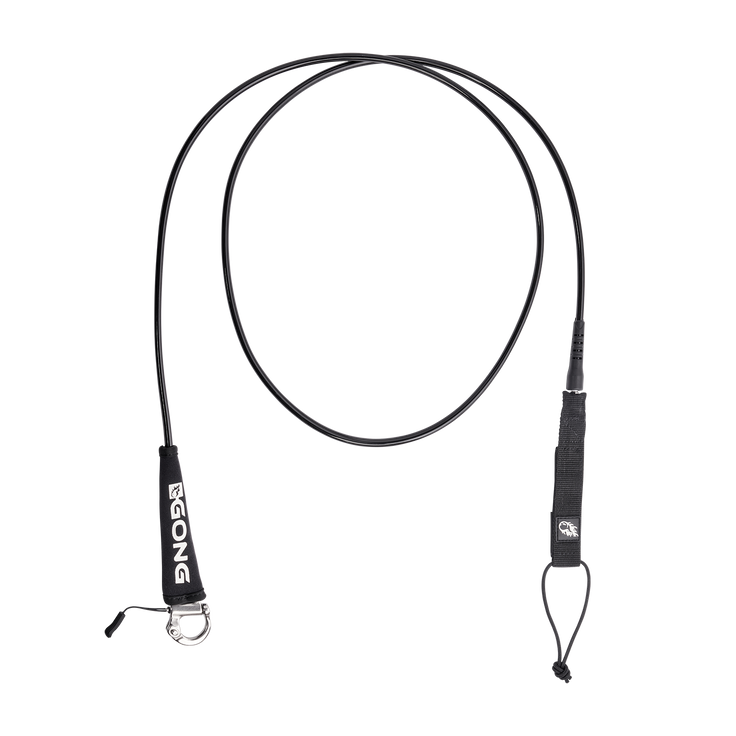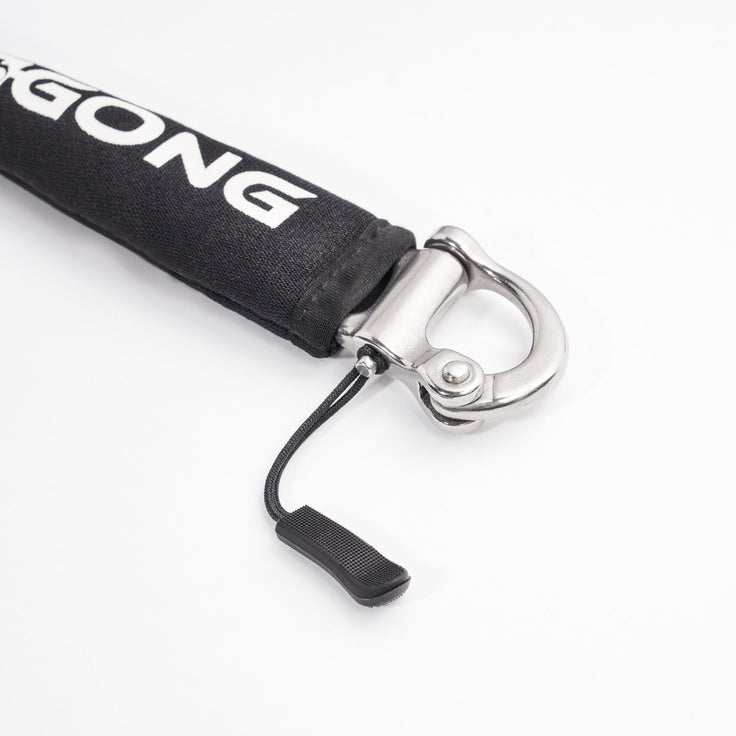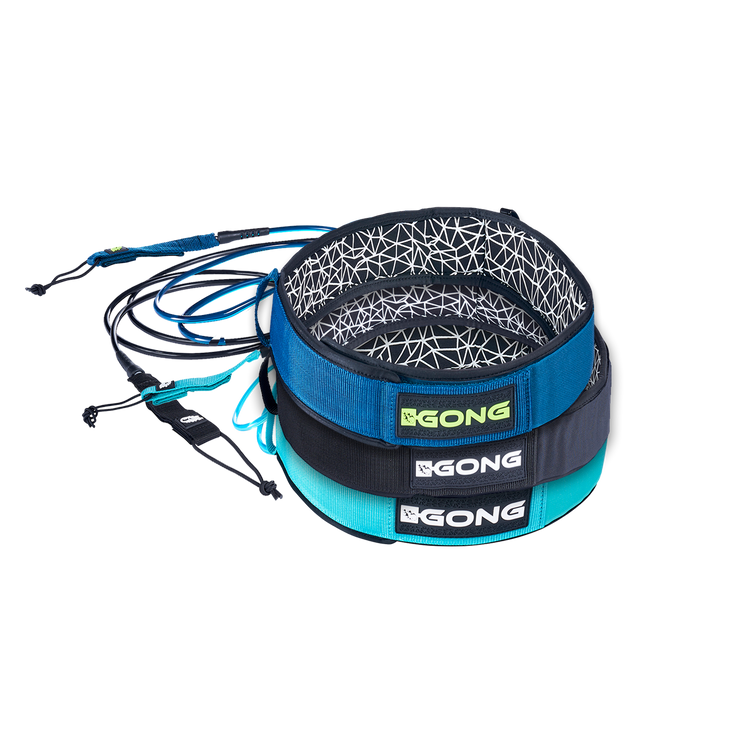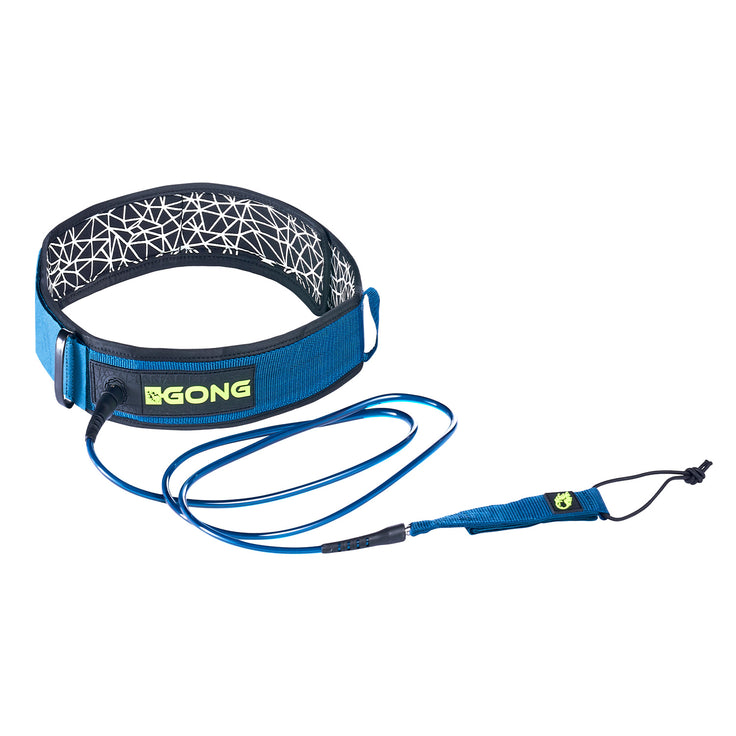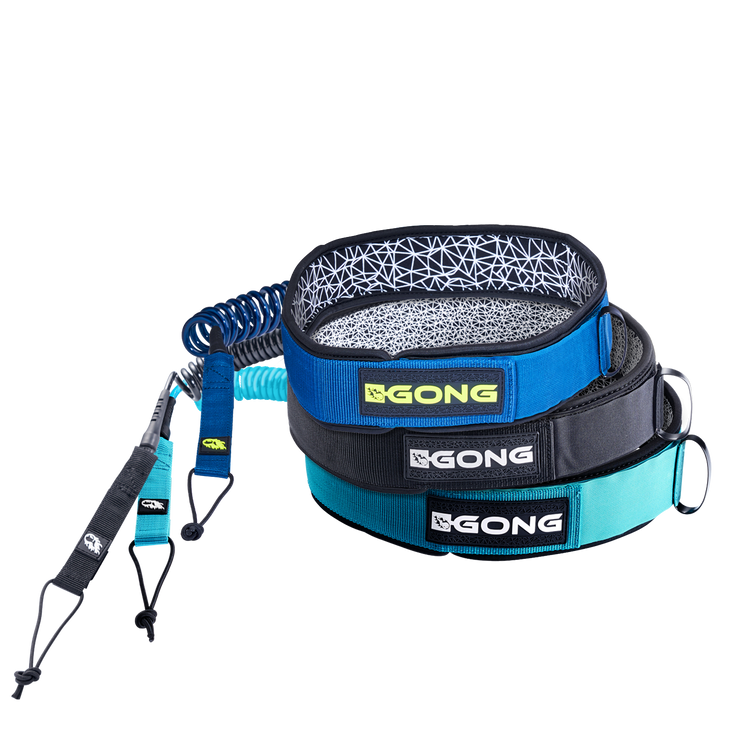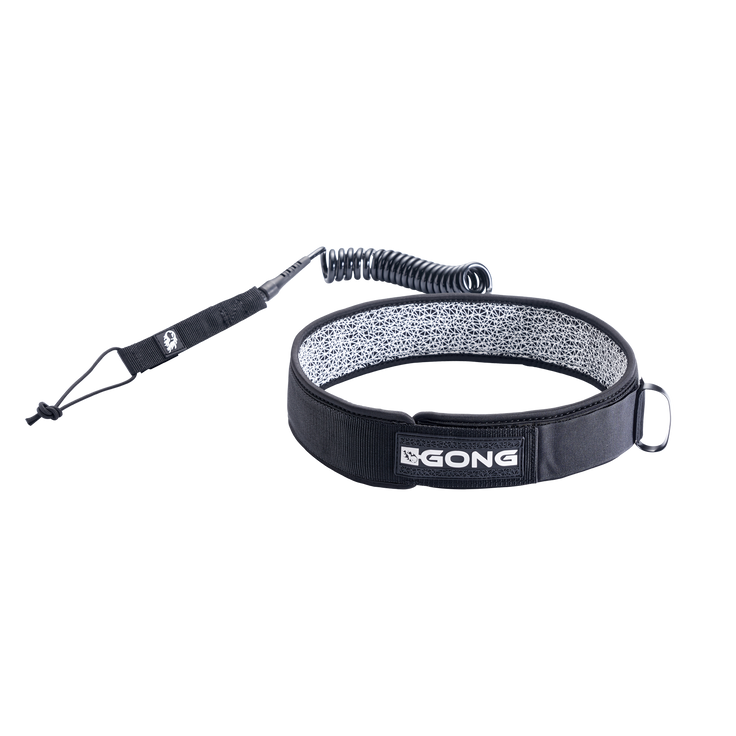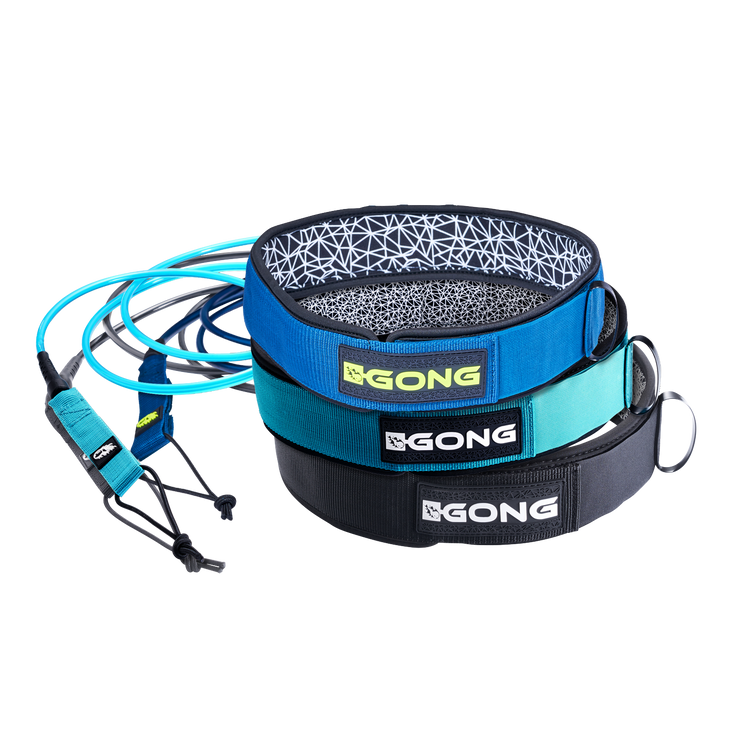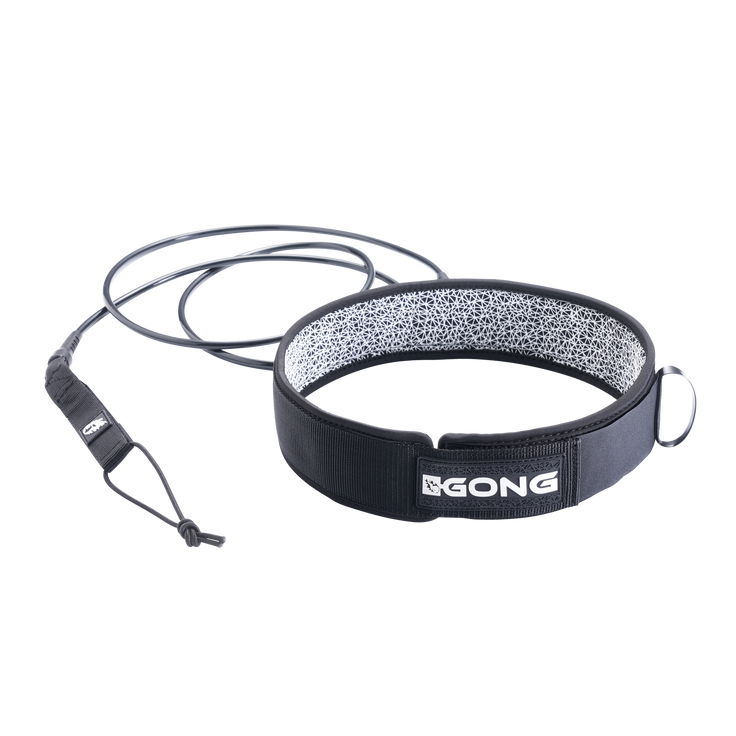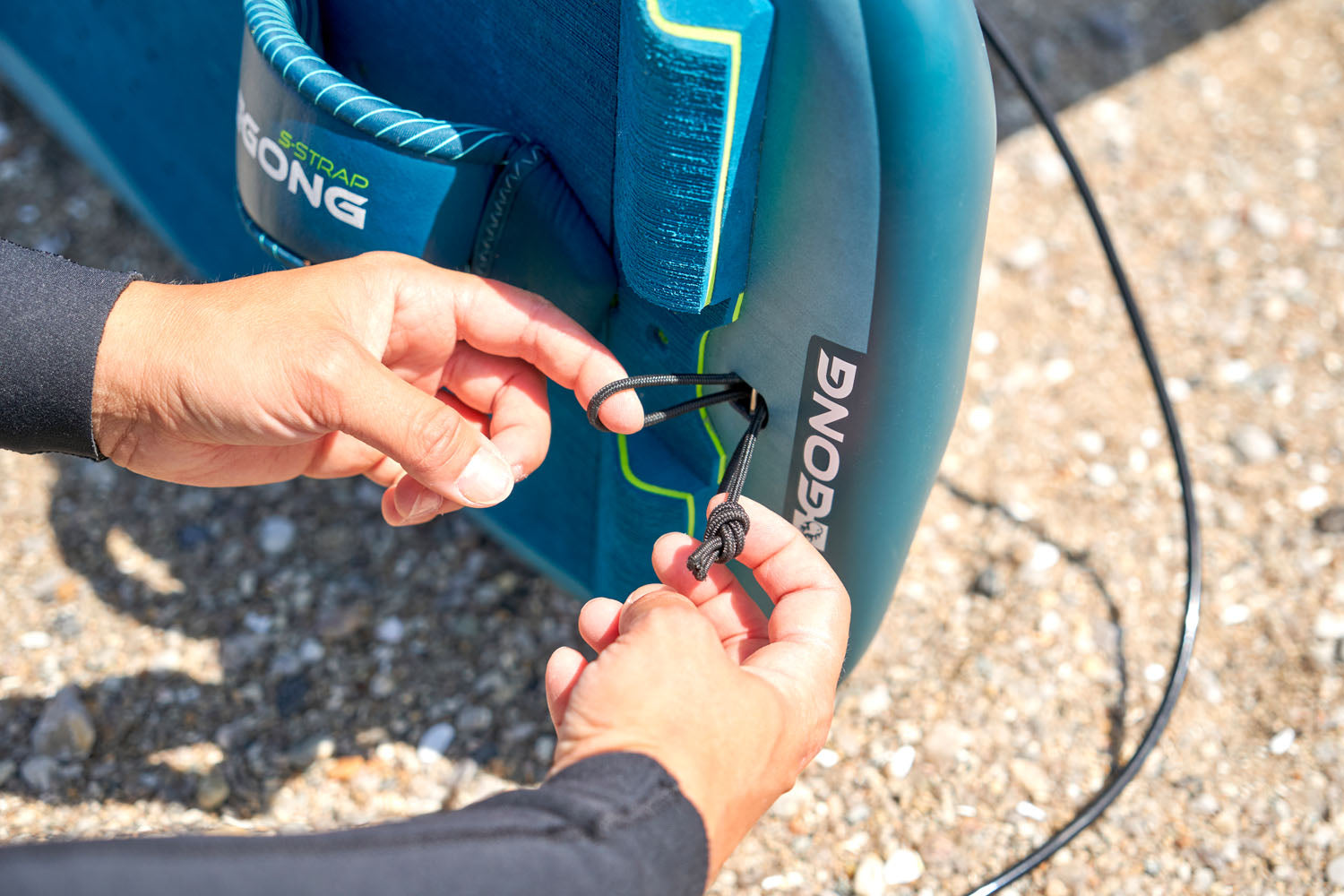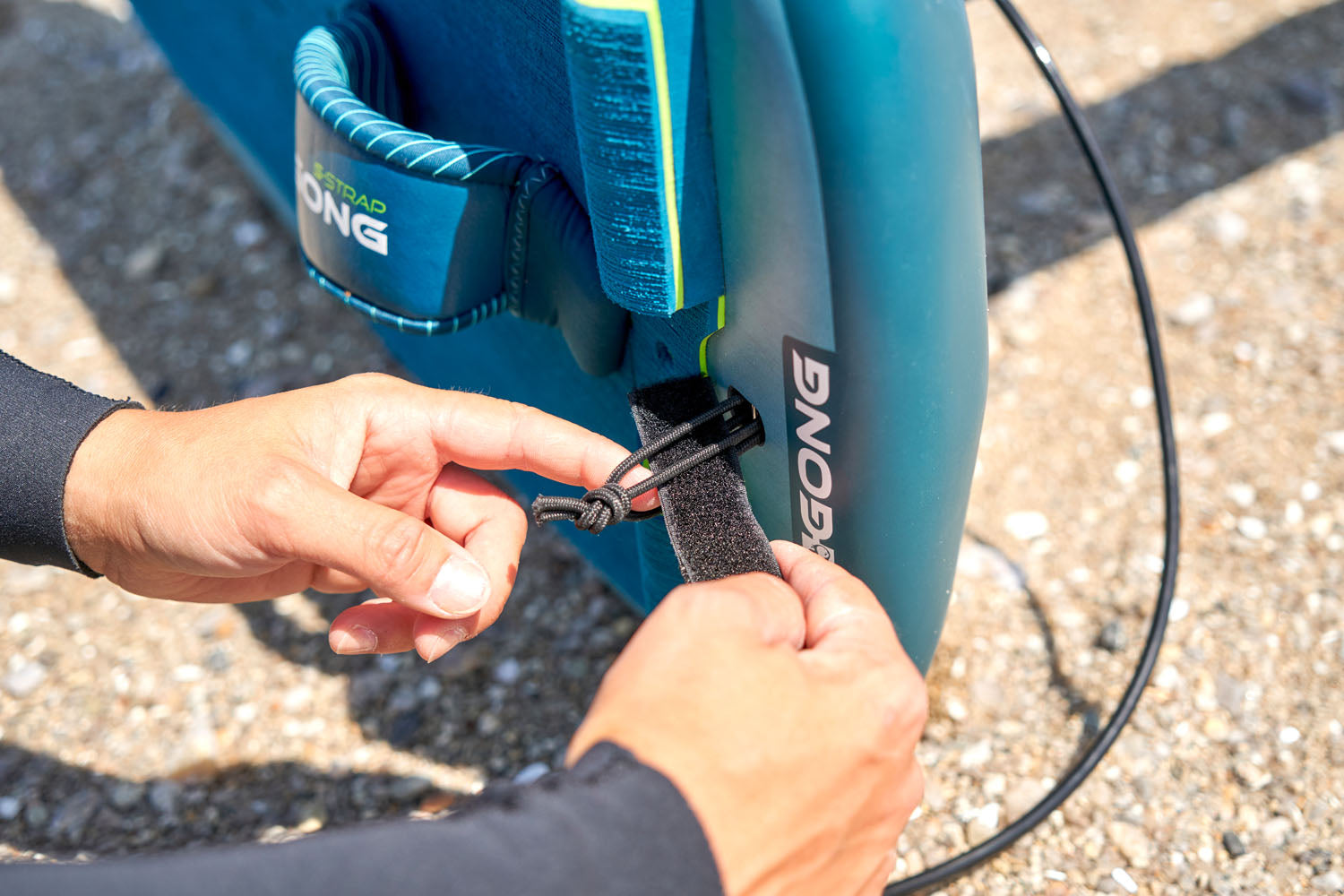heart
heart-full
heart
heart-full
Leash Cord
Sold individually, the GONG leash cord saves sessions.
Regular Price
1€
Sale Price
1€Regular Price
heart
heart-full
heart
heart-full
Leash Belt Adjustable Coiled 7mm
The ideal coiled and adjustable belt leash for foil boards.
Regular Price
39€
Sale Price
39€Regular Price
heart
heart-full
heart
heart-full
Leash Belt Adjustable Perf 7mm
The adjustable Belt Leash for Foil Boards.
Regular Price
39€
Sale Price
39€Regular Price
heart
heart-full
heart
heart-full
Leash Belt Coiled 7mm
The Belt coiled Leash for Foil Boards.
Regular Price
29,90€
Sale Price
29,90€Regular Price
heart
heart-full
heart
heart-full
Leash Belt Perf 7mm
The Belt Leash for Foil Boards.
Regular Price
29,90€
Sale Price
29,90€Regular Price
heart
heart-full
heart
heart-full
Leash Coiled 6mm Ankle
Leash designed for Cruising and Racing, suitable for all boards’ sizes.
Regular Price
19,90€
Sale Price
19,90€Regular Price
heart
heart-full
heart
heart-full
Leash Quick Release
The perfect leash with a harness.
Regular Price
25€
Sale Price
25€Regular Price
heart
heart-full
heart
heart-full
Leash Quick Release Coiled
The perfect leash with a harness.
Regular Price
25€
Sale Price
25€Regular Price
heart
heart-full
heart
heart-full
Hook For Leash Belt
Longer sessions with minimum bulk.
Regular Price
15€
Sale Price
15€Regular Price
heart
heart-full
heart
heart-full
Leash Coiled 6mm Ankle
Leash designed for Cruising and Racing, suitable for all boards’ sizes.
Regular Price
9,95€
Sale Price
9,95€Regular Price
19,90€
heart
heart-full
heart
heart-full
Leash Quick Release
The perfect leash with a harness.
Regular Price
19€
Sale Price
19€Regular Price
25€
heart
heart-full
heart
heart-full
Leash Belt Adjustable Perf 7mm
The adjustable Belt Leash for Foil Boards.
Regular Price
19,50€
Sale Price
19,50€Regular Price
39€
heart
heart-full
heart
heart-full
Leash Belt Coiled 7mm
The Belt coiled Leash for Foil Boards.
Regular Price
14,95€
Sale Price
14,95€Regular Price
29,90€
heart
heart-full
heart
heart-full
Leash Belt Perf 7mm
The Belt Leash for Foil Boards.
Regular Price
14,95€
Sale Price
14,95€Regular Price
29,90€
heart
heart-full
heart
heart-full
Dakine
Foil Board Floating Straight Leash
For a practice in full safety, adopt the Foil Board Floating Leash developed ...
Regular Price
39,95€
Sale Price
39,95€Regular Price








